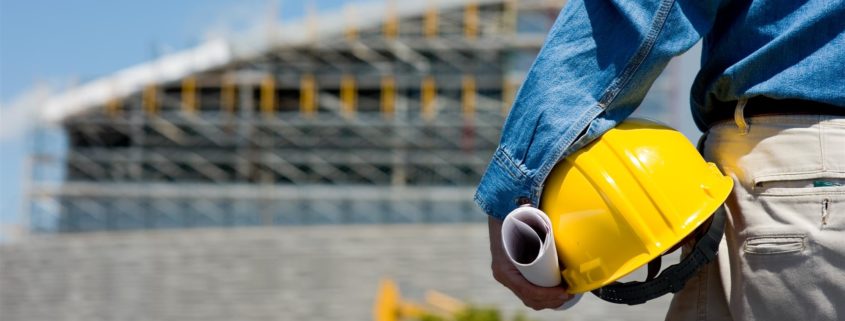The use of truncated dome warning tiles has increased the accessibility and safety of public buildings and transportation for the visually impaired. As a property owner, you may have questions about the selection, installation, and maintenance of truncated dome tiles to ensure your property complies with current ADA regulations. What are truncated domes? What is their purpose? Where can you go to learn how to install truncated domes tiles?
Keep reading to learn the answers to some of these and other most frequently asked questions regarding ADA warning tiles and how to implement them safely and effectively on any property.
What Does the Installation Process Entail?
The installation process will depend upon the type of truncated dome warning tile that you choose. No matter which option you select, however, the truncated domes installation process is fairly simple.
Cast-in-place tiles are placed in wet cement. After the cement has been poured and leveled, the tile is carefully set in place, and then tamped down with a rubber mallet until any air that was trapped beneath is released and the tile is flush with the concrete. Once the tile is in place, a cinder block is used to weigh down the tile while the cement sets, which generally takes two to four hours. Once the concrete has dried, you have a slip-resistant, ADA-compliant walking surface that is ready for pedestrian use.
If you are installing a surface-mount tactile warning tile, you will not have to worry about pouring fresh cement. Instead, you simply need to ensure that the area is free of oil, grease, debris, and moisture. Next, an adhesive is applied to the underside of the surface-applied tile, and the tile is set on the installation area. Once the tile is in the correct location, holes are drilled into the cement at the tile’s pre-formed fastener locations, and then the fasteners are hammered into place. The edges of the tile are then sealed with caulk, and the tile will then be ready for pedestrian traffic.
Why Truncated Domes?
ADA specifications require the use of truncated dome warning tiles as a visual and tactile warning system for the visually impaired when navigating public streets, walkways, and other property. The use of ADA-required truncated domes (sometimes called ADA pads) is required for two reasons: first, because of the feel of a truncated dome tile underfoot is unique and discernible even without visual input, and second, because the standardized use of truncated domes allows for the same level of safety and warning throughout the urban landscape, regardless of city or state.
Thus, while other tactile warning systems may also be implemented to improve safety and traction, truncated dome warning tiles that meet federal standards are required by law on public walkways and in public transportation stations.
What Does Visual Contrast Mean?
Truncated dome warning tiles provide detectable warnings of changes in walking surfaces such as sidewalks and parking lots. While the truncated dome design is meant to warn pedestrians without the need for additional visual information, truncated dome warning tiles must also contrast visually with adjoining surfaces to assist pedestrians with full or partial visual acuity. The type of visual contrast required by the ADA regulations is dark-on-light or light-on-dark, meaning the tile must have a coloring opposite its surroundings.
Furthermore, while there is no direct wording in the Americans with Disabilities Act regarding the color of the tile that supports the domes themselves, the Department of Justice, the Department of Transportation, the Federal Highway Administration, and the Federal Access Board have all agreed that the entire field or tile housing the domes, rather than just the domes, should be a single color to contrast visually with the surrounding material.
Do you have questions about meeting the current ADA requirements or truncated domes installation procedures on your property? We produce a wide variety of federally compliant truncated dome warning surfaces, including carbon composite and cast iron tiles. You can learn more about our truncated dome warning systems on our website, or you can check out our blog library for additional tips and news about our cost-effective detectable warning surfaces.










